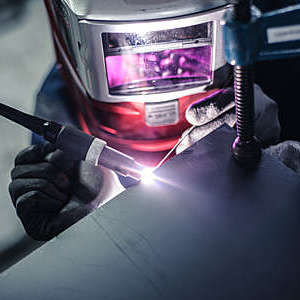They may look like hieroglyphics to the untrained, but welding symbols are an essential communication tool in the manufacturing industry that allows welders to put things together accurately and efficiently. While symbols abound, two systems from Europe and from Pacific Rim countries are the most widely used in technical drawings around the world.
ISO 2553, Welding and allied processes – Symbolic representation on drawings – Welded joints, combines both systems and is the key industry International Standard for welding symbols. It shows, on technical drawings, how and where welds are to be made, including information such as geometry, manufacture, quality and testing of the welds. It provides for easy comparison between both systems, where needed.
This fifth edition contains updates to align with other ISO welding standards and clarifies some issues such as plug welds in circular and elongated holes, dimensioning of joint preparations, and improvements to figures.
ISO 2553 was developed by technical committee ISO/TC 44, Welding and allied processes, subcommittee SC 7, Representation and terms, the secretariat of which is held by BSI, ISO’s member for the UK. It can be purchased from your national ISO member or through the ISO Store.
